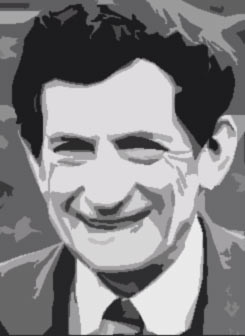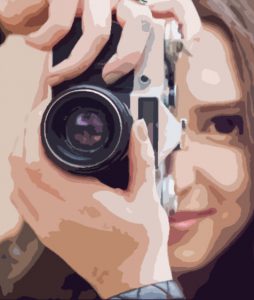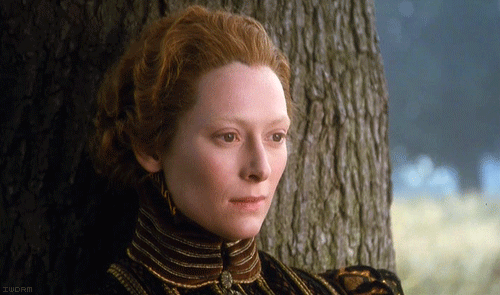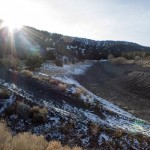
… better known as Mark Twain, whose stories of Tom Sawyer and Huck Finn I LIVED when I was a kid.
Here’s a bit of his wisdom:
“A man who carries a cat by the tail learns something he can learn in no other way.”
“A wise man does not waste so good a commodity as lying for naught.”
“Action speaks louder than words but not nearly as often.”
“All generalizations are false, including this one.”
“Courage is resistance to fear, mastery of fear, not absence of fear.”
“Do not have sex with a girl who is too strongly attached to you. If this attachment is not mutual, trust me it ends breaking plates on your head.”
“Don’t go around saying the world owes you a living. The world owes you nothing. It was here first.”
“Don’t wrestle with pigs. you both get dirty and the pig likes it.”
“Each man is afraid of his neighbor’s disapproval – a thing which, to the general run of the human race, is more dreaded than wolves and death.”
“Every person is a book, each year a chapter.”
“Forgiveness is the fragrance the violet sheds on the heel that has crushed it.”
“Give every day the chance to become the most beautiful day of your life.”
“Human beings are the only creatures who blush – or who need to.”
“I can teach anybody how to get what they want out of life. The problem is that I can’t find anybody who can tell me what they want.”
“I deal with temptation by yielding to it.”
“I find that the further I go back, the better things were, whether they happened or not.”
“If you don’t read the newspaper, you’re uninformed. if you do, you’re misinformed.”
“If you tell the truth, you don’t have to remember anything.”
“If you want love and abundance in your life, give it away.”
“It takes your enemy and your friend, working together, to hurt you to the heart: the one to slander you and the other to get the news to you.”
“Its not the size of the dog in the fight, it’s the size of the fight in the dog.”
“Keep away from people who try to belittle your ambitions. Small people always do that, but the really great make you feel that you, too, can become great.”
“Knowledge becomes wisdom only after it has been put to good use.”
“Life is short, break the rules, forgive quickly, kiss slowly, love truly, laugh uncontrollably, and never regret anything that makes you smile.”
“Never allow someone to be your priority while allowing yourself to be their option.”
“Never argue with stupid people, they will drag you down to their level and then beat you with experience.”
“One can enjoy a rainbow without necessarily forgetting the forces that made it.”
“Only he who has seen better days and lives to see better days again knows their full value.”
“Politicians and diapers must be changed often, and for the same reason.”
“The fear of death follows from the fear of life. A man who lives fully is prepared to die at any time.”
“The more I know people, the more I love my dog.”
“The most permanent lessons in morals are those which come, not of book teaching, but of experience.”
“The secret of getting ahead is getting started. The secret of getting started is breaking your complex overwhelming tasks into small manageable tasks, and starting on the first one.”
“The trouble is not in dying for a friend, but in finding a friend worth dying for.”
“The two most important days in your life are the day you are born and the day you find out why.”
“To succeed in life, you need two things: ignorance and confidence.”
“When your opinions start to coincide with those of the majority, it is time to reconsider your opinions.”
“Work and play are words used to describe the same thing under differing conditions.”
“You meet people who forget you. you forget people you meet. But sometimes you meet those people you can’t forget. Those are your friends.”
“You want to be very careful about lying, otherwise you are nearly sure to get caught.”





 We don’t get a chance to do that many things, and every one should be really excellent. Because this is our life. Life is brief, and then you die, you know? And we’ve all chosen to do this with our lives. So it better be damn good. It better be worth it.
We don’t get a chance to do that many things, and every one should be really excellent. Because this is our life. Life is brief, and then you die, you know? And we’ve all chosen to do this with our lives. So it better be damn good. It better be worth it.











